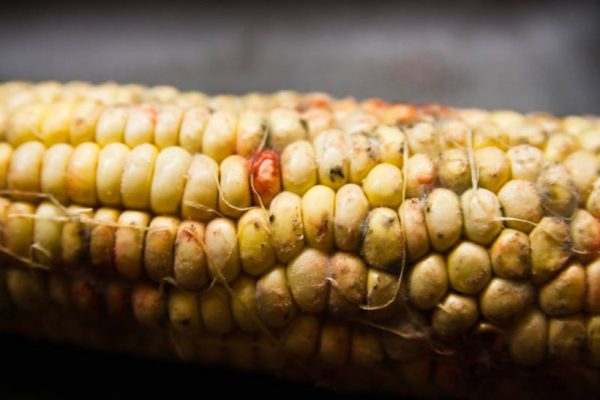
Types of common mycotoxins
Molds can produce mycotoxins that are chemically stable toxins either before harvest or after harvest of crop, during storage, in or on the food itself often under warm, damp and humid conditions. Most mycotoxins survive food processing and are chemically stable. Hot, humid climate and temperate zones are favorable environment for mold growth.
Exposure to mycotoxins generally happens by direct consumption of infected food or indirectly from animals that are fed with mold infected food.
There are many types of mycotoxins are present in fungi world. The most commonly present and observed mycotoxins that are harmful upon consumption for both humans and livestocks are: Aflatoxins, Ochratoxin A, Patulin, Fumonisins, Zearalenone, Nivalenol Ordeoxynivalenol, Tremorgenic toxins, and Ergot alkaloids.
Image credit: a Moldy Ear of Corn Vegetable by Steven Depolo/Flickr (CC BY 2.0)
Author: Sumana Rao | Posted on: January 25, 2021
« What are the concerns and effect of Mycotoxins Impact of Mold and Mycotoxins on Health »






















Write a comment